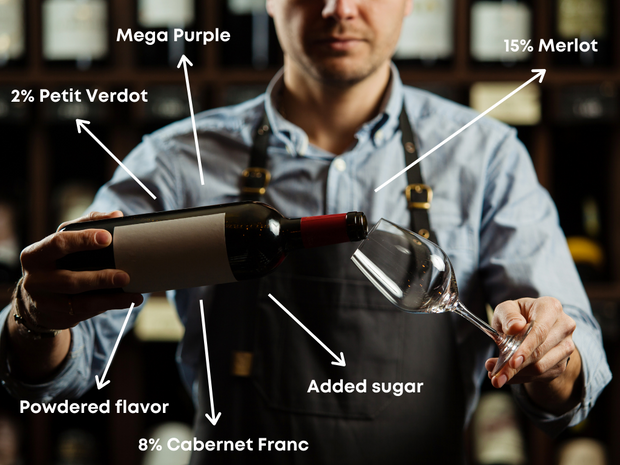Just when you thought wine couldn’t be any more complicated, we’re here to tell you that that California cabernet sauvignon you love could only be 75% cabernet sauvignon. And up to 15% of the grapes that went into its making might not even be from California’s beloved wine-making regions. Even more confounding is that some wine ingredients might not even be from grapes!
Just what the heck is going on here? What’s really in wine?
As it turns out, these are pretty common winemaking practices—and not only in California, but also the whole of the United States and the world! There are quite a few major, commercial producers who do this, says Malek Amrani, the winemaker and founder of The Vice Wine, a brand that takes a more traditional approach to winemaking.
With this revelation, let’s uncover the story behind what’s in wine and why some wine ingredients aren’t even from grapes.
[P.S. Get wine savvy with Brainscape’s guide on everything you need to know about wine. Also check out our flashcards for the WSET Level 1 and WSET Level 2 wine qualifications, which can help you master those essential wine facts so much more efficiently and, being accessible via web and mobile app, so much more conveniently too.]
What’s in wine if not cabernet sauvignon?
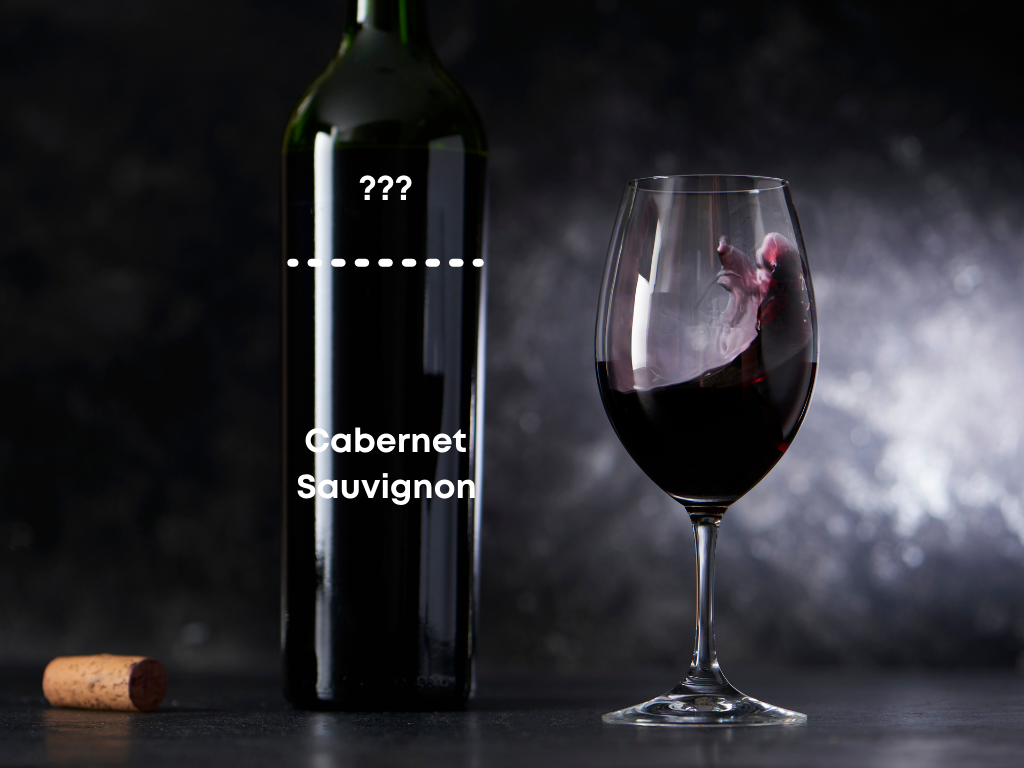
When you buy a bottle of cabernet sauvignon or pinot noir or chardonnay (or any single-varietal wine for that matter), you’d expect the wine in the bottle to express the unique characteristics of that particular grape. That’s the point of buying a single-varietal wine.
But, by law, only 75% of the grapes used to make that wine are required to be cabernet sauvignon in order to print “cabernet sauvignon” on the label (or pinot noir, chardonnay or whatever the wine is that you’re drinking). That means one-quarter of the bottle could be anything: merlot, malbec, petit verdot, shiraz, or any of dozens of other red grape varieties.
Now, these grapes don’t compromise the quality of the wine but they certainly prohibit the honest and authentic expression of cabernet sauvignon as a wine.
What’s the point of doing this then?
Well, many winemakers add other grapes to enhance the flavors and aromas of their cabs. Like cooking, you add other ingredients and spices to enhance the dish. It’s the same with winemaking.
For example: cabernet sauvignon isn’t a particularly aromatic grape and so adding other varieties to the mix can enhance its aromas; merlot can soften the wine’s harsher tannins; and petit verdot can add a little backbone, spiciness, and pepper to a fruit-forward cab. The winemakers use that 25% elbowroom in their “single-varietal wines” to achieve a good balance of flavors, aromas, textures, acid, tannin, fruit, and sweetness.
This isn’t a bad thing for the average consumer. If you’re hankering after a typical Napa cab—a big-bodied red bursting with ripe dark fruits and a powerful yet silky undercurrent of tannin—you can pretty much trust that you’ll get that from the major commercial brands.
Another reason these producers might add other grapes to their single-varietal wines is to influence flavors in order to achieve greater consistency across the vintages. Where more boutique wine producers honor the individuality of the vintages (and the conditions experienced during those years), commercial producers want consumers to trust that if they like a bottle of their wine, they can buy it again and again and again and it’ll always taste the same.
It’s like a Big Mac. No matter where in the world you go, you can always rely on getting the same experience. And this comes down to the formulaic approach some big, commercial producers take to winemaking to strive for consistency.
In the process, the true art of winemaking can be somewhat lost.
Psssst, check out Brainscape's list of top wine apps for WSET students and wine lovers for some super helpful tools you can use to better guide and inform your wine learning journey.
Where does 15% of my wine come from?
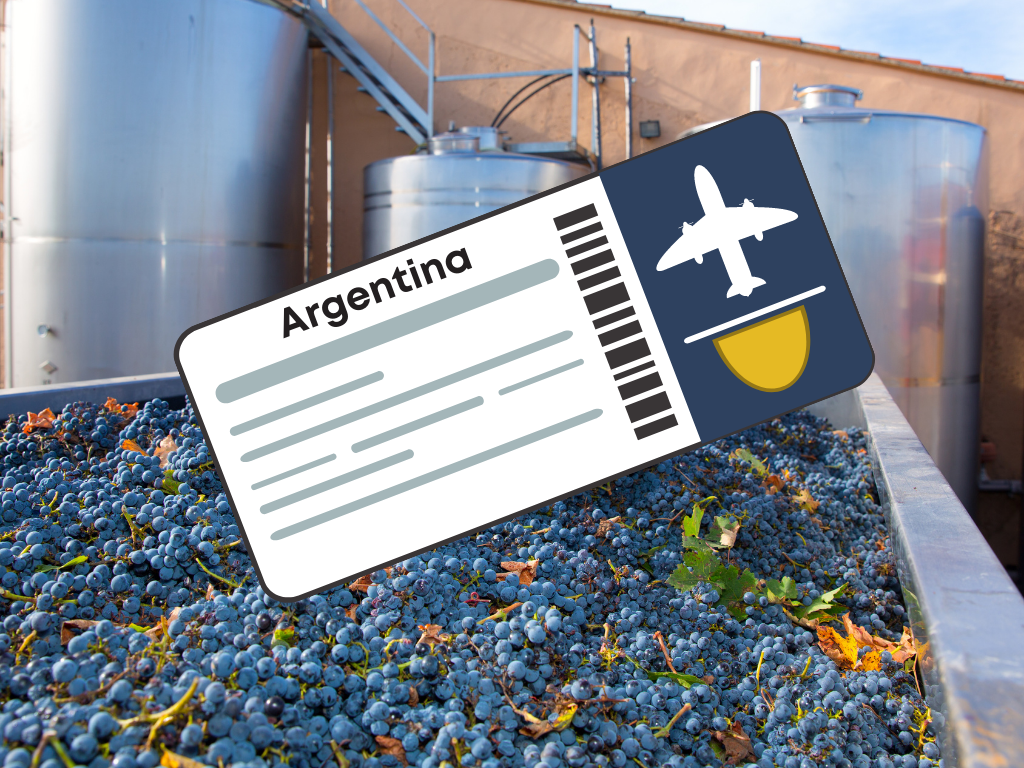
Another common practice some winemakers employ is sourcing grapes outside of the AVA (American Viticultural Area) in which they operate. They can legally do this to up to 15% of the bottle and still call it, for example, Napa Valley cabernet sauvignon, even though 15% of the grapes may have come from elsewhere in California, the United States, or even from another country or continent, like Chile or Argentina in South America. What the heck could possibly be the point of shipping grapes in from elsewhere?
To cut costs.
Grapes grown elsewhere in California or even South America are much cheaper than grapes grown in Napa Valley, which is kinda like America’s version of Bordeaux. If you can bulk up to 15% of your expensive Napa Valley grape yield with cheaper grapes, this cost-cutting strategy can translate into major savings, particularly for commercial producers who make enormous quantities of wine.
This same logic applies to the afore-discussed practice of adding other grapes to a supposedly single-varietal wine. Pinot noir, for example, is a notoriously finicky and expensive grape to work with. So why not bulk up to 25% of a batch of pinot with cheaper merlot grapes and save a few millions dollars, depending on the production scale?
It’s ice-cold commerce, baby.
What other wine ingredients are in my wine?

Perhaps cringiest of all winemaking practices is the addition of wine ingredients that aren’t even from grapes in order to achieve desired flavors and colors.
Once again, you’ll find this with some of the big, commercial producers who make money from selling more affordable wines that are widely popular for their accessibility, price point, and consistency across the vintages.
To achieve this level of reliable deliciousness, however, brands use all sorts of wine additives, from fruit concentrate, calcium carbonate, and sugar to oak flavors (powdered, chips, or staves), powdered tannins, and even dye to make their wine appear a more handsome color.
This all might be perfectly fine if it weren’t for the obvious fact that (1) the art of winemaking is taking a backseat to the art of manipulation and (2) we, as consumers, are left perfectly in the dark as to exactly what’s in our wine.
Why do I need to know about wine ingredients?
Okay, so why does all of this matter to you? Should it matter what grapes and ingredients are in your wine, and where these grapes come from?
If you are a wine lover with a bit of knowledge and experience under your belt, you’ll know that the provenance of a wine is important: it tells you about the quality of the wine and the experience you can look forward to. And when you buy a single-varietal wine, it’s probably because you want a pure and honest expression of that grape variety. If you love chardonnay, you don’t buy a white blend. You buy 100% chardonnay.
But now knowing about these wine additives, ingredients, and practices, it makes you think twice about spending $40-60 on a bottle from a generally expensive wine-making area like California when, for the same price, you might get two or even three bottles of the same or similar wine from another country altogether.
If you aren’t fussed by wine ingredients (which isn’t likely if you’re reading this), it might not make a shade of difference to you that 25% of your cabernet, for example, isn’t cabernet sauvignon, or that 15% of it doesn’t come from where the label says it does. But what you will care about is the price.
Oftentimes, people spend a little more money on wines from California, particularly Napa Valley, because they’re after the quality and prestige of this world-famous wine region. To then learn about the cost-cutting and formula-driven practices going into the mass production of these wines can leave a bitter taste in your mouth.
But it’s not just California ...
Does this mean you should avoid California wines altogether?
ABSOLUTELY NOT! There are hundreds of boutique and commercial producers in California who lovingly produce exceptional, honest wines that honor the terroir, the grape varieties they’re made from, and the vintage.
The Vice Wine is just one example of such a brand that places a high priority on crafting wines that are an honest expression of cabernet sauvignon (or pinot noir or cabernet franc, etc.) and of the world-famous Napa Valley terroir.
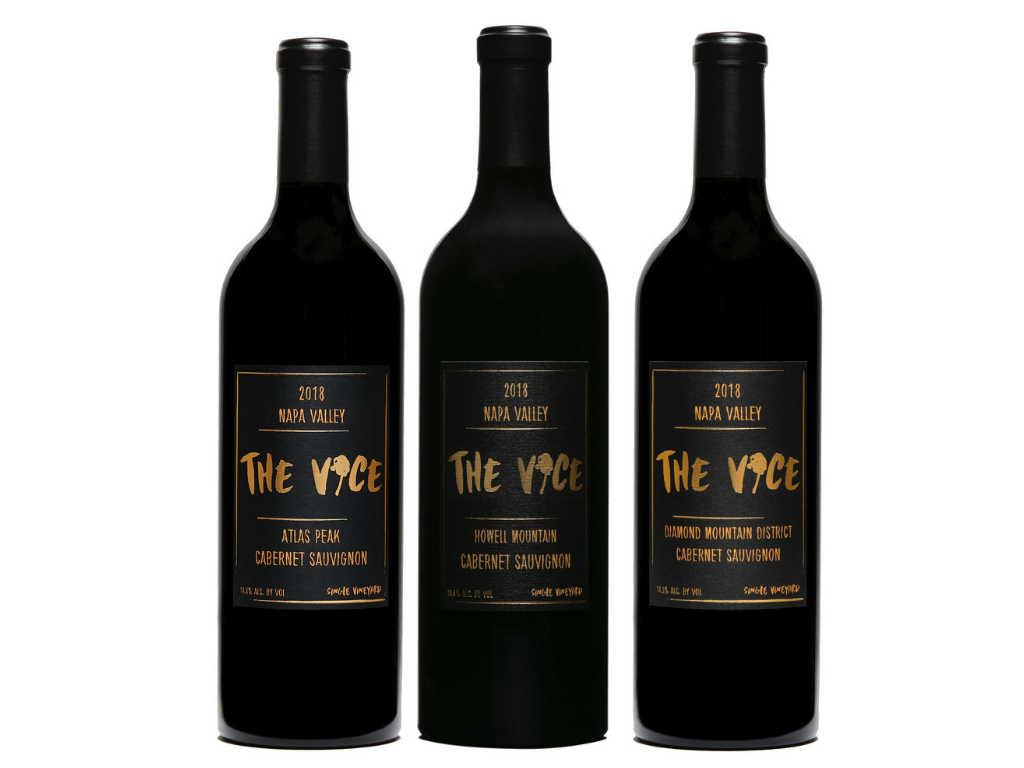
The point is: the cost-cutting practices we’ve been discussing are by no means restricted to California or even to the United States. The use of different grape varieties, externally sourced grapes, flavors, dyes, and other wine additives is done in winemaking countries all over the world. So avoiding California wines isn’t going to solve your problem.
The real problem is that American (and other government) wine laws still favor the major, commercial producers so they don’t require them to state on the label exactly what’s in the wine. (This is, of course, with the exception of sulfites, which some people are allergic to.) Why discourage consumers with candor when it’ll only hurt your own pockets?
In the battle of money vs ethics, money too often wins.
A wine by any other name
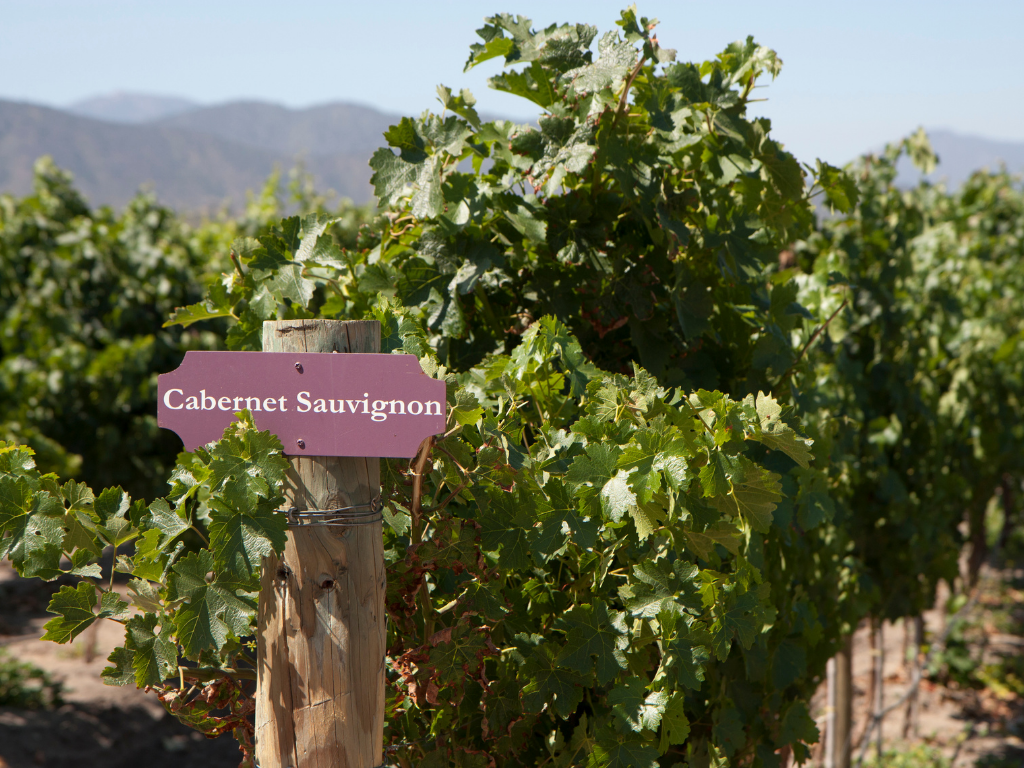
It is a major frustration amongst traditional winemakers and knowledgeable wine lovers and professionals that wine brands aren’t required to report exactly what’s in wine via ethical labeling practices and laws.
The first step, however, is education, which is what we’ve attempted to do with this article.
We would like to reiterate that these practices aren’t unique to California but are done in wine regions across the United States and the world. We only used California here as an example to illustrate our discourse. In fact, California (and Napa Valley in particular) still crafts some of the world’s most exceptional wines that are, in many cases, absolutely worth their price tags.
With that said, we hope we’ve brought greater awareness so that you can make smarter buying choices … if these things are important to you!
